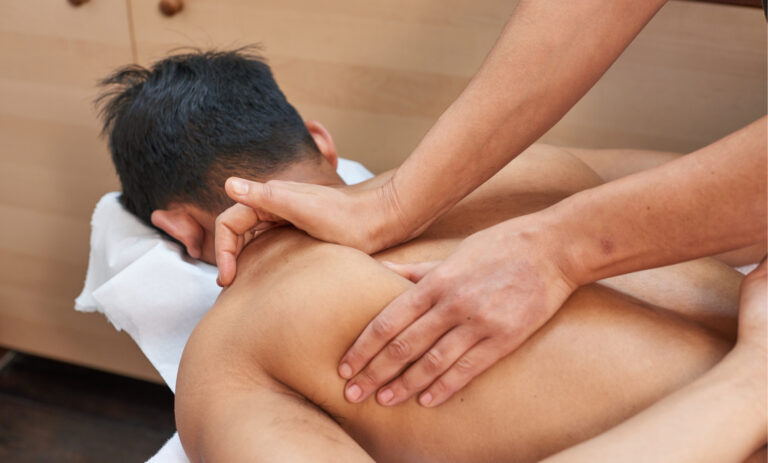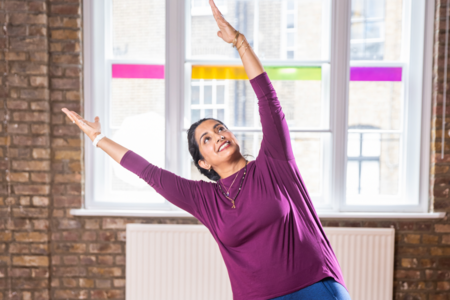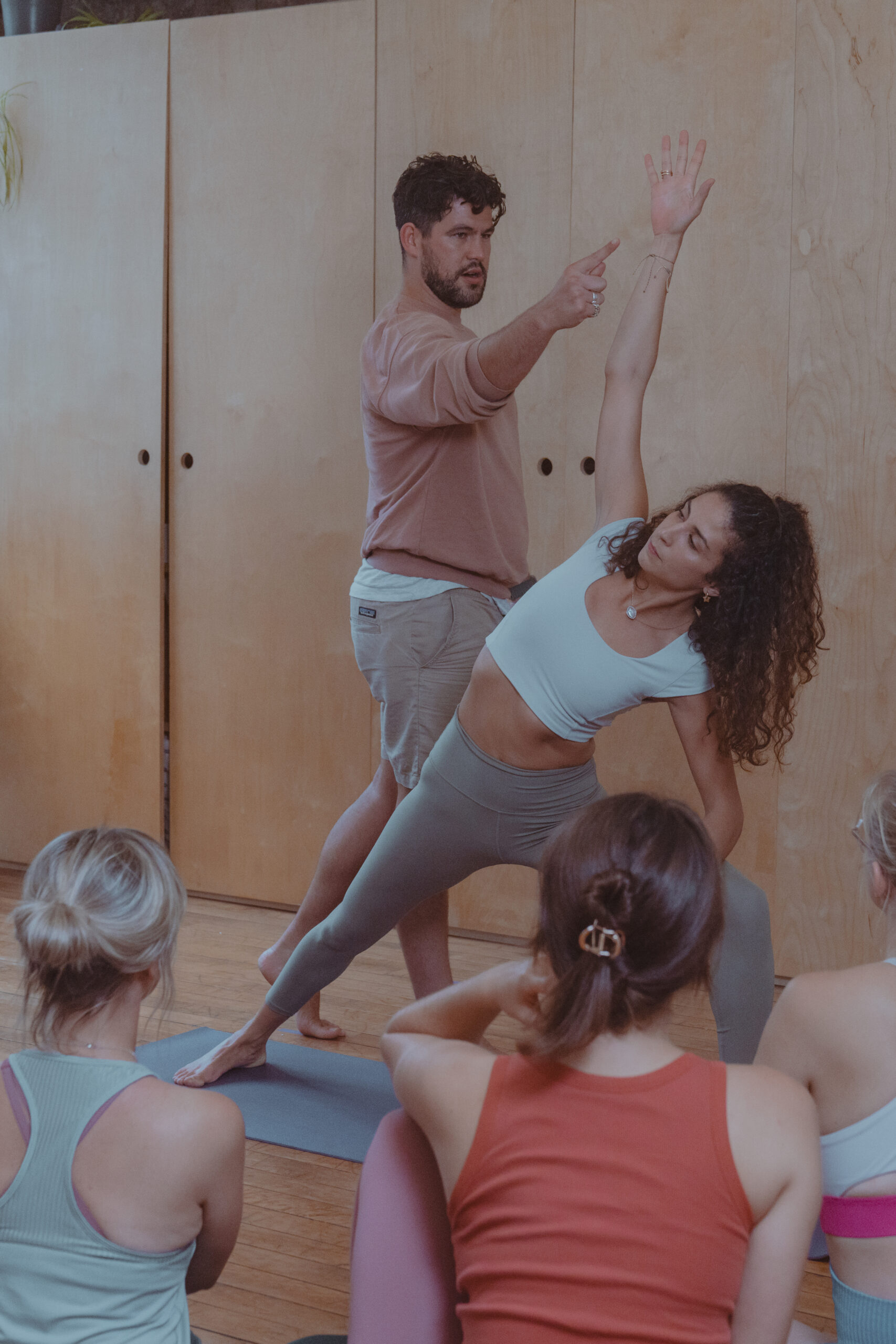Stretching is something we all do to some degree, both before and after training. Often, we do this intentionally but not necessarily thoughtfully. After all what is it that our bodies really need pre and post exercise? And what is it we are trying to achieve when we stretch? Simon Purton of Soho Physiotherapy explores proper ways in which to stretch and how physiotherapy can help you move with freedom and pleasure.
To help think about this let’s separate muscles from fascia, the connective tissue that connects our muscles to everything else and is responsible for creating the dynamic tension to be able to stand upright and hold our posture as well as transferring the force from the muscles to create movement.
Stretching to tonify
So, after a day in the office our muscles are, to a certain degree ‘sleepy’ (switched off) and disconnected from the other muscles groups with which they work to create stability and generate movement. This takes us to the first aim of stretching prior to exercising: to wake up or tonify the main muscle groups and get them working together in a coherent way. Dynamic stretching and specific patterned exercises help us to do this. Dynamic stretching is useful to tonify the muscles and is something that we all do naturally to some extent, such as the little squat before jumping or the yawn and stretch when waking up in the morning. To get the muscles working together we have specific patterned exercises called Neuro Muscular Integration Exercises. These exercises are very specific and vary depending on what you are doing. For example, Neuro Muscular Integration exercises prior to swimming would be different to Neuro Muscular Integration Exercises prior to running.
Once we have woken up or tonified our muscles and got some underlying integration going on for the movement patterns relevant to our activity, the next thing to think about is flexibility and elasticity relevant to the movements we have to perform.
Stretching for flexibility
If we lack flexibility and elasticity in the movements we perform during our exercise we may have reduced blood flow to key muscle groups, leading to fatigue and cramp or at the outer range of movement we end up transferring unnecessary strain and overload to other parts of our body such as lower back or groin, for example, leading to weaker structural support, increased risk of injury, poor technique and loss of control of the movement pattern.
Working on our flexibility, however, is no quick fix and differs greatly from the dynamic stretching used for tonifying our muscles ready for exercise.
To work on elasticity and flexibility we need to get deeper into our fascia, and it’s connections. This type of stretching needs to be done very gently so that we don’t end up creating a tonifying reaction within the muscles and in effect fighting against ourselves, against our own muscle’s resistance. This kind of stretching needs to be done very subtly and gently in time with our breathing. As we breath out we allow ourselves to ‘sink’ a little deeper into the fascia always comfortable, never forcing, pushing or struggling, gradually feeling our body release and let go. This kind of stretch is held for between two to ten mins.
Stretching with control
At this point I must add a word of warning: FLEXIBILITY IS A DOUBLE-EDGED SWORD. It allows us to go further into our range of motion, closer to our stabilisers of last resort, the joint ligaments. So to work on our flexibility without considering good alignment and prior work to have the muscles toned and in control throughout the range of motion we risk more serious types of injury if we suddenly lose control and therefore body position and alignment, we are more exposed to dislocations and partial dislocations which we call subluxations.
So, when stretching the fascia, it is essential that good alignment, posture, and control of the movement patterns are used at all times. It is not about how far you can go into the stretch but how far you can go while maintaining alignment, technique, and control. That comes with training.
But hey, that is what I am here for! To help you move well, with freedom and pleasure. To keep you flexible, elastic, well-toned moving with control and good technique, but most of all to keep you safe and injury free.
Physiotherapy is the treatment of musculo-skeletal conditions, that is, signs and symptoms involving joints, ligaments, tendons, muscles, nerves and how they in turn affect normal movement. Treatment aims to identify the primary cause of the condition as well as treat the symptoms, therefore restoring normal movement patterns to prevent recurrence. It is a joint course of action between the physiotherapist and client. This treatment is aimed at the long term resolution of problems rather than a short term fix.










